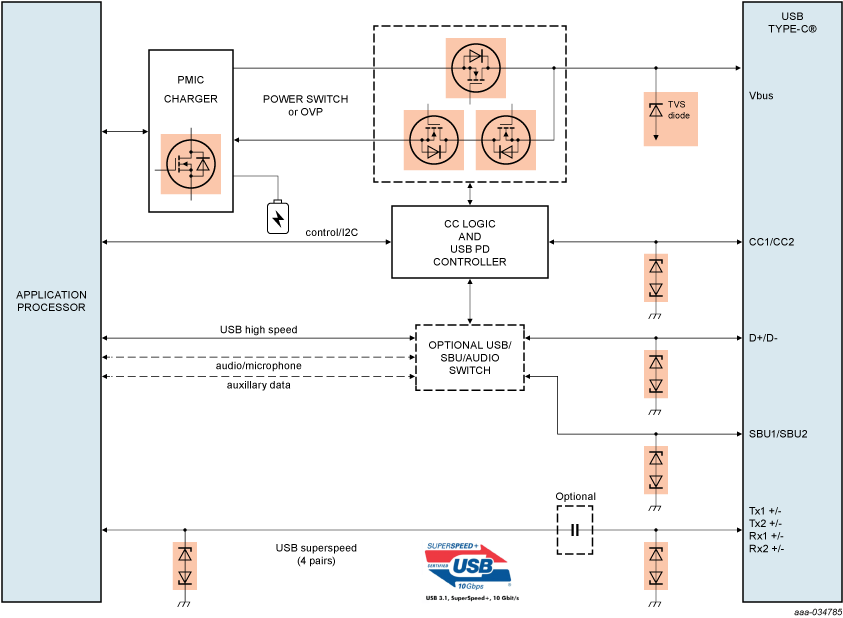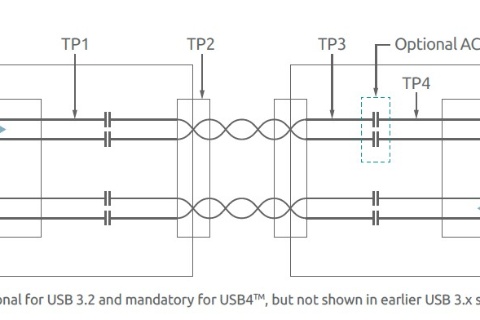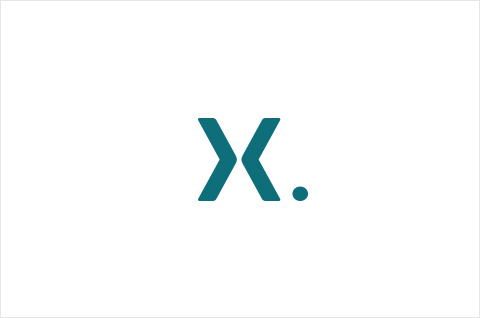Protection products
Power delivery products
Design challenges
- The extra performance and convenience offered by USB-C makes for more complex circuitry on the PCB
- USB PD via Type-C connectors allows for various power profiles up to 100 W, requires power control switches to be capable of withstanding 20 V or higher
- Low on-resistance is a pre-requisite to minimise energy loss, unwanted thermal challenges, and to comply with USB minimum-voltage regulations
- Designers need to pay careful attention to the trade-off between TVS terminal capacitance (Ct) and the available ESD protection level - to avoid data distortion while ensuring system robustness
ESD Application Handbook - Protection concepts, testing and simulation for modern interfaces
2022版选型指南
2022版Nexperia选型指南在单个文档中展示了我们所有的分立器件、逻辑器件和MOSFET器件,让您可以全面了解我们的产品组合,帮助您更加容易找到适合您设计的产品。
恒定电流LED驱动器
尽管高功率LED需要采用复杂的驱动器方案,但绝大多数应用使用电流低于500 mA的LED,可以由线性恒定电流LED驱动器驱动。这些驱动器易于使用、值得信赖、经济高效且不会影响EMC性能。本文简要介绍了在实际应用中使用恒定电流LED驱动器时应考虑哪些设计和功率问题。


